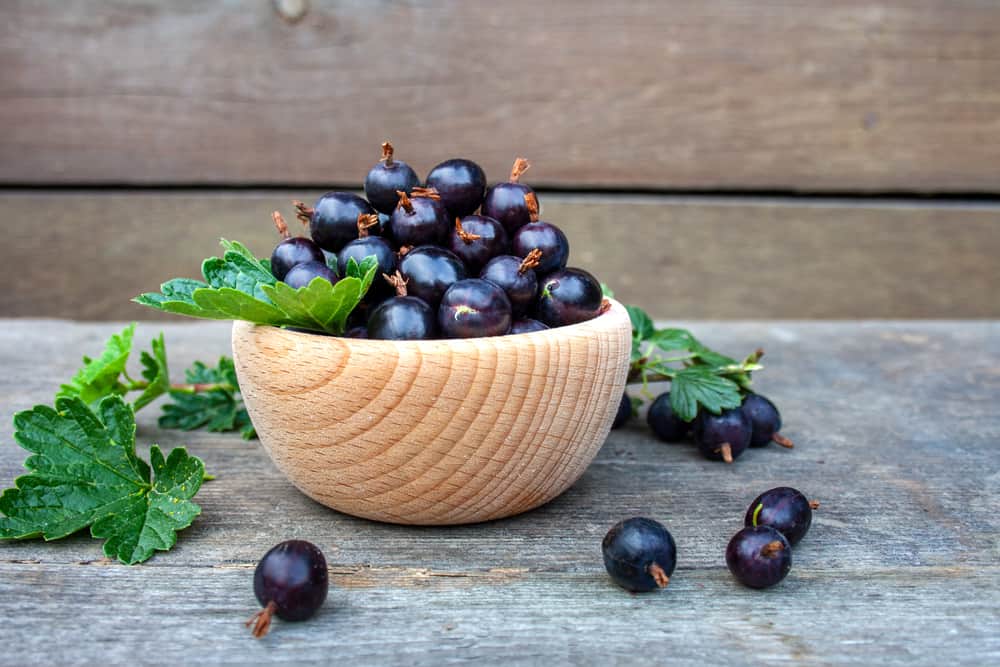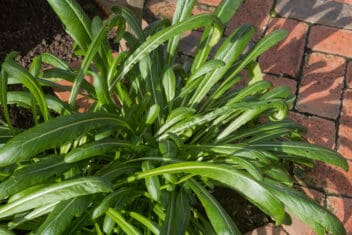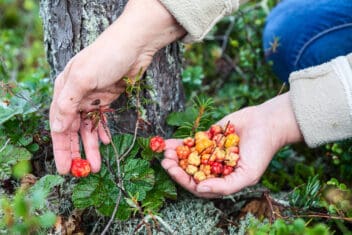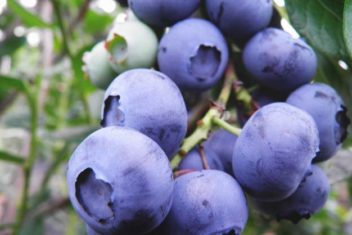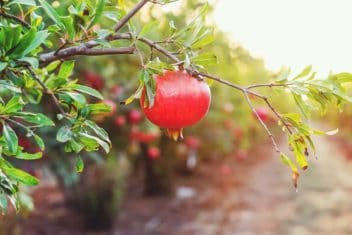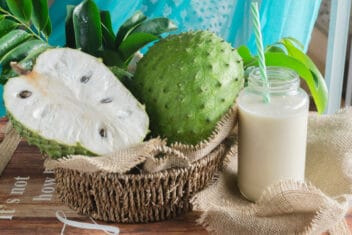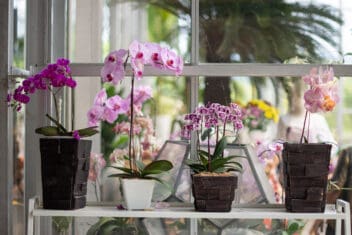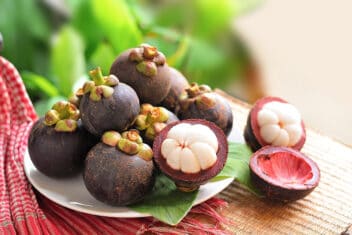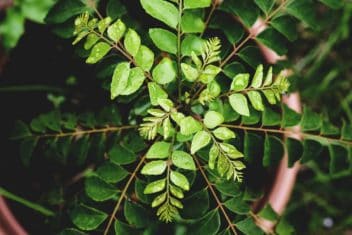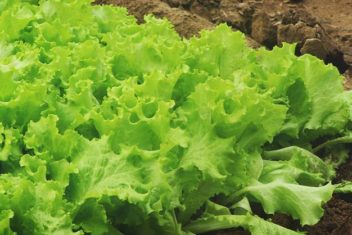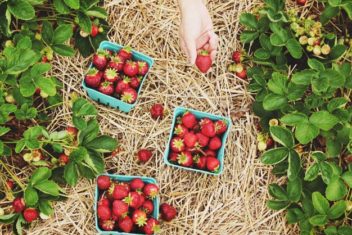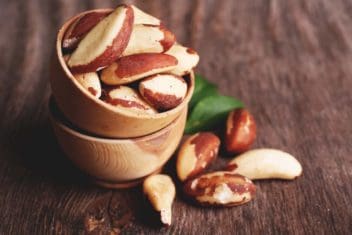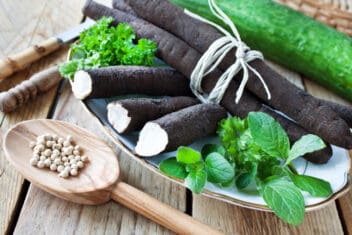A jostaberry is a delicious mix between blackcurrants and gooseberries, and they’re much easier to grow than some of the other fussy berries out there. If you’ve never considered growing jostaberries before, you might be sold on these tasty treats after reading this guide.
For one, jostaberry plants are pretty, with pink blossoms. Another reason to love them is that they don’t have large spines – if they have any at all. Plus, they’re more resistant to pests and diseases than raspberries and blueberries.
Keep reading to find out more about this fantastic hybrid!
An Introduction to Jostaberries
Pronounced “yust-a-berry,” Ribes × nidigrolaria, is a cross between blackcurrant (R. nigrum), the North American coastal black gooseberry (R. divaricatum), and the European gooseberry (R. uva-crispa).
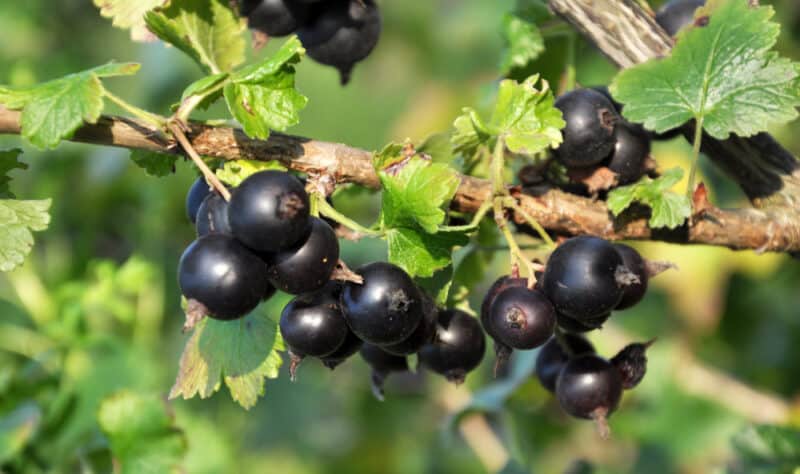
Jostaberries are sometimes mislabeled as Ribes × culverwellii. This is a different, though closely related plant.
Best Cultivars
A majority of the time these plants are simply sold under a generic name rather than as one of the named cultivars. However, you might want to keep an eye out for some of these fantastic options:
Orus 8
All jostaberries are resistant to aphids and fungi, but ‘Orus 8’ is particularly so. It grows up to six feet wide and four feet tall. It does have a few thorns, however. It’s considered the best tasting of all the cultivars.
Red Josta
This plant is similar to the parent species, but the dark purple berries have a red highlight.
Jogranda
Sometimes called ‘Jostaki,’ this cultivar has larger berries than the other types. The branches tend to droop, so you’ll likely need to prop them up. Plant with another cultivar to improve pollination.
Jostine
‘Jostine’ has large berries, only smaller than those on ‘Jogranda.’ The berries are deep violet and ripen slightly later in the year than others. This plant does best with a companion for cross-pollination.
Josta
Josta is the original cultivar and the one you’ll typically end up with if you purchase a generic plant.
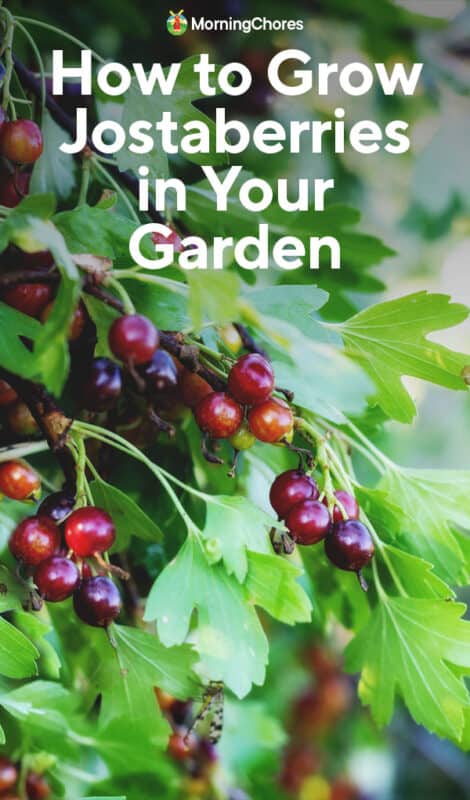
Planting Jostaberries
When it comes to the growing process, jostaberries take their time to mature so be prepared to wait before you can harvest the berries. Typically, a plant needs about five years before it will start producing large yields.
However, once they mature, they can reach up to six feet in height and possibly even higher. At that point, you can harvest up to 12 pounds of fruit per bush.
Before you reach that stage, you’ll need to get those jostaberries into the ground.
Prepare the Soil
The ideal soil for growing jostaberries is moist, fertile soil. It should also be acidic and well-draining.
Well-draining soil refers to earth that allows water to drain easily. Ideally, the soil shouldn’t drain too quickly or too slowly. You don’t want to plant in soil that drains quickly as it doesn’t give the plant enough time to absorb water.
To test your soil, dig a foot deep hole and fill it with water. It should drain in under an hour. Longer and your soil is poorly draining. If it drains in under 30 minutes, it drains too quickly. Few of us have the perfect soil, so don’t panic if yours isn’t ideal.
Just work in lots of well-rotted compost before planting. Compost helps with both poor and fast-draining soil.
Picking the Right Spot
Jostaberries need full sun. If you plan on planting several jostaberry plants then you also need to be careful with spacing between bushes. Ideally, you want to leave a 4.5-foot gap between each bush or any other plants or structures.
Another important factor in planting jostaberry is choosing the correct time of year to plant. For jostaberry, you want to plant in the fall or spring, around November or March, depending on your region. The soil should be workable and not frozen.
You cannot plant jostaberry in climates below USDA Growing Zone 3 or above Zone 8. They can survive -40°F/°C in the right environment and need 1,000 chill hours.
Caring for Jostaberries
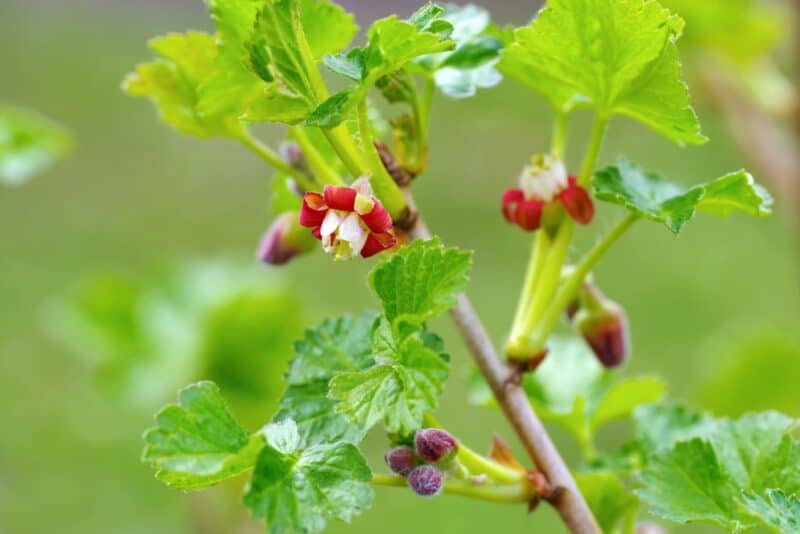
Just like many berry bushes, the jostaberry requires yearly pruning of the canes to keep them productive. To get the most out of your plant, you should prune out old canes, leaving a few new ones and a few year-old canes. Anything older than five years should be pruned out. Jostaberries produce best on year-old canes. Trim them to ground level.
To boost the growth of the plant you can also use small amounts of fertilizer in spring and you should increase watering during warmer months so your bush gets enough moisture to grow properly.
During the growing process, especially when berries begin to bloom, you might need to be cautious about birds. These colorful berries are known to attract birds and other herbivores.
To avoid this, you can place netting around the bush to protect it from flying creatures and other wildlife. This way, you can be sure that the berries will be protected if there are any intruders.
Problems With Jostaberry
While jostaberries are hardier than most other Rubus species, it does still suffer from some pests and diseases from time to time.
Aphids
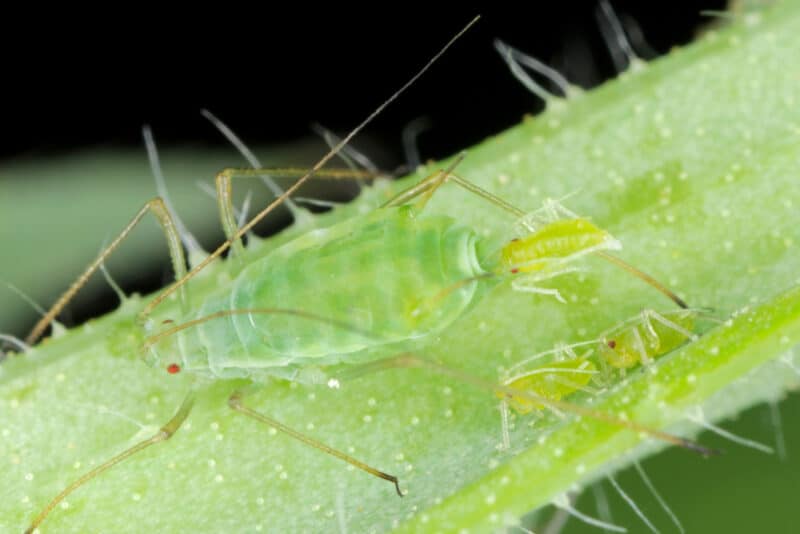
Aphids are small insects that can come in a range of colors. They’re hard to spot, but you can often find them on stems or under the leaves if you look closely. The reason they’re found in these areas is that they suck the plant’s juices in those locations and they are more protected there.
You will notice the signs of aphids as the leaves will turn yellow, curl, and eventually die. As well as this, this particular pest creates a liquid waste called “honeydew” which is sticky and can lead to sooty mold growing all over the bush.
Regularly spraying your plants with neem oil while the pests are present can help get things under control. For more helpful tips, head to our guide.
Cane Borers
Cane borers are small and white in color. The larvae of this pest can be found in the soil and inside the canes. You might notice frass, which looks similar to sawdust. This is the waste that the larvae leave behind as they bore into the plant.
If you notice wilting cane tips, you should prune the infected canes down to the ground to prevent this pest from spreading throughout the bush.
Red Spider Mites
Red spider mites are also a common problem when growing jostaberries. They’re extremely small, which can make it tricky to spot them on your bush. However, any signs of mottling on the leaves or fine webbing are most likely red spider mites.
Thankfully, there is always a solution or two!
To treat red spider mites, you can try wiping rubbing alcohol over the leaves and removing any visible signs of webbing. You can also blast them off with a strong spray of water. For more tips, check out our guide to this common pest.
White Pine Blister Rust
In the Pacific Northwest, plants may be attacked by white pine blister rust. This is a fungus (Cronartium ribicola) that lives on eastern pines. When it attacks plants in the Ribes genus, it causes angular yellow spots on the leaves and pustules underneath. Hair-like growth forms in the fall and leaves may drop prematurely.
Prune away any infested canes and don’t plant near eastern pines. You may be able to find resistant varieties at your local nursery. Jostaberries tend to be less susceptible, in general, than other berries.
Harvesting and Eating Jostaberries
After all the hard work of potting, pruning, and growing your jostaberries, you want to enjoy the benefits of your efforts, and what is better than using jostaberries to create delicious jams or desserts?
Jostaberries are easy to harvest as they can come off the stem without any problems. Typically, they ripen in June or July. However, they can also ripen outside of that timeframe so it’s worth keeping an eye on them.
The fruits are ripe for the taking when they feel plump and juicy (not squishy) and have reached their full color. You want to wait for them to be fully ripe before picking them. When they are young, the berries are bitter. As they mature, they become sweet and black currant-like.
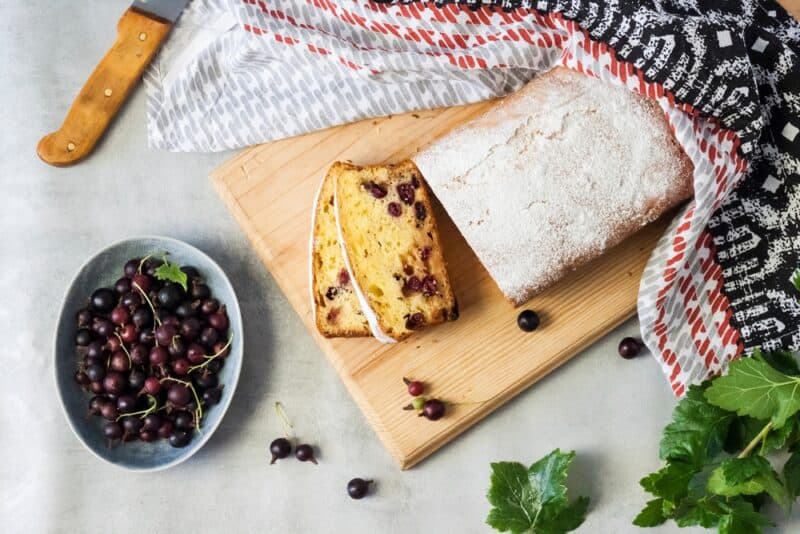
There are many ways you can turn jostaberries into tasty treats. Try a chutney, meat sauce, jam, or jelly. They’re also delicious baked into cakes, as a topping for ice cream, or made into tarts.
Jostaberries make an excellent addition to your fruit salad, yogurt, or mixed in with a spoon of cream.
You can also eat jostaberries fresh (after washing them), of course. If you don’t want to eat them straight away after harvest, you can also place them in the freezer so you can snack on them later. Freezing them in vacuum-sealed bags will see them last even longer, up to a year or more.
These tasty berries are full of vitamin C and antioxidants. They also offer a good source of iron, vitamin B1, and essential minerals.
